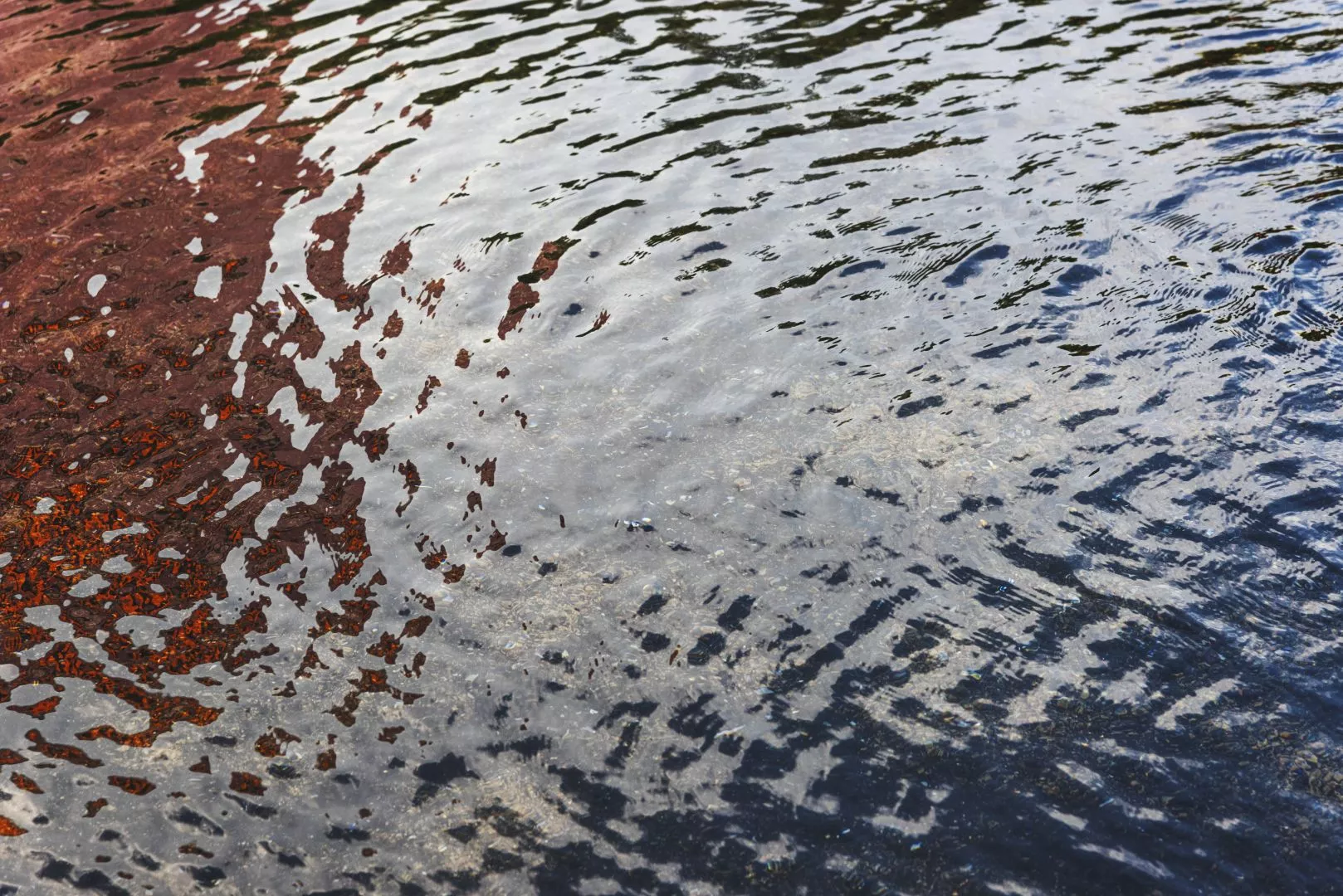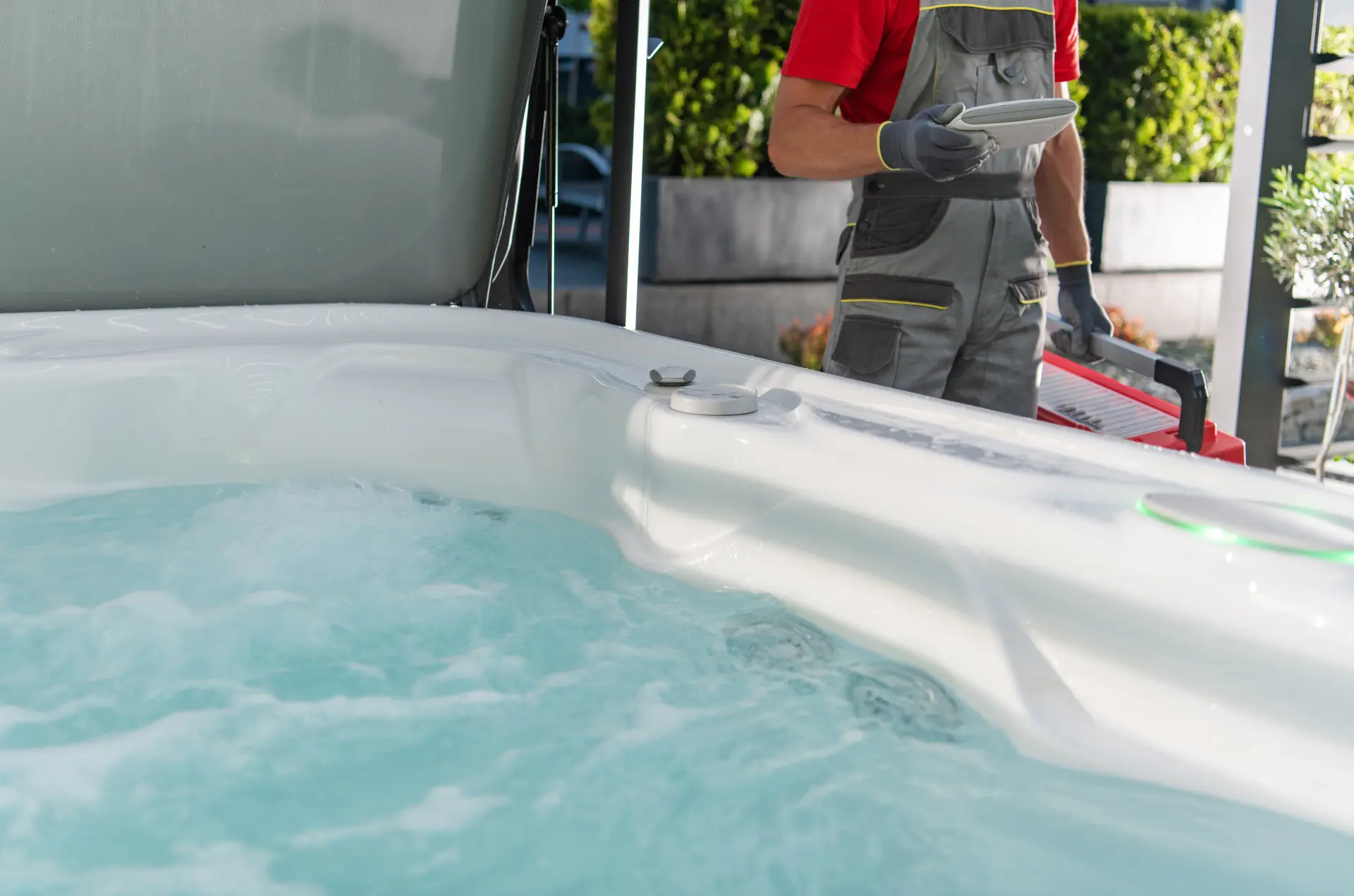Understand who is responsible for Legionella safety in your property. Learn about legal duties, risk management, and how professional assessments protect your premises.
What Is Legionella and Why Is It a Risk?
Legionella is a form of bacteria that's naturally found in lakes and streams. However, Legionella is a serious health concern when it grows and spreads in human-made water systems like cooling towers, hot tubs, fountains, and plumbing systems. The most dangerous strain of this bacterium is Legionella pneumophila, which is responsible for most illnesses in humans.
When people inhale small droplets of water that contain Legionella, they can develop a potentially severe type of pneumonia called Legionnaires’ disease. This disease cannot be spread from person to person, and it only occurs through the inhalation of contaminated water. The main symptoms of Legionnaires' disease are coughs, chills, a fever, muscle aches, headaches and shortness of breath.
Legionella poses a particular risk in buildings with complex water systems that aren't properly maintained. Stagnant water, warm temperatures (20 - 45°C), and the presence of biofilm, scale, or sediment can create the ideal conditions for Legionella to multiply. Hospitals, hotels, care homes, and offices are especially vulnerable to this bacterium due to their large water systems.
Legal Duties Under UK Law
In the UK, the legal responsibilities for controlling Legionella in buildings fall under several health and safety laws. The main duty is to ensure that all the water systems are managed safely to prevent the risk of Legionnaires’ disease forming. The Health and Safety at Work Act 1974 places this duty on employers, landlords and property managers.

Additionally, the COSHH Regulations 2002 require employers to assess the risks associated with hazardous substances such as Legionella pneumophila. Under these regulations, employers must carry out a thorough and appropriate risk assessment and implement effective measures to prevent or control people's exposure to Legionella.
Non-compliance with these legal responsibilities can result in enforcement action by the HSE, which can include financial penalties, legal prosecution, and, in serious cases, imprisonment.
The Duty Holder: Who Are They?
In the UK, several individuals and organisations may be legally responsible for managing Legionella risks in buildings. These individuals are known as duty holders, and their obligations are set out under the Health and Safety at Work Act 1974, the Control of Substances Hazardous to Health Regulations 2002, and the Approved Code of Practice.
The main requirement is to appoint a Responsible Person. The Responsible Person ensures that a suitable risk assessment is conducted on the building’s water systems. They must also develop and implement a written control scheme to manage and minimise the risk of Legionella. This includes maintaining the records of all risk assessments and preventative measures.
Shared Buildings and Multiple Occupants
In multi-occupied buildings, such as offices, flats, or industrial estates, the duty holder is the person or organisation who has control over the water systems. The duty holder is legally responsible for ensuring that these systems are effectively maintained to minimise the risk of Legionella exposure to occupants, employees, and visitors.

When tenants or businesses have their own water systems, they are also responsible for managing Legionella risks within their own premises. In these cases, there can be multiple duty holders, who are each accountable for their part of the building. It’s essential that these responsibilities are clearly defined in the lease or service agreements to avoid any confusion.
If you're uncertain, the Health and Safety Executive advises that the legal responsibility lies with whoever has the greatest amount of control over the system and the people exposed to it.
We provide professional Legionella risk assessment services to help businesses and landlords comply with UK health and safety regulations. Our experts can identify potential risks in your water systems and deliver tailored control measures to protect occupants and maintain a safe, Legionella-free environment.

